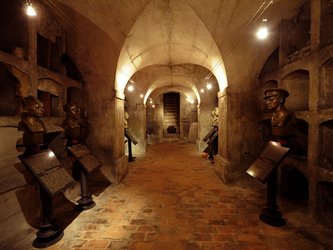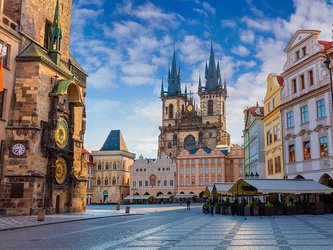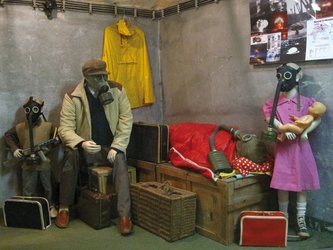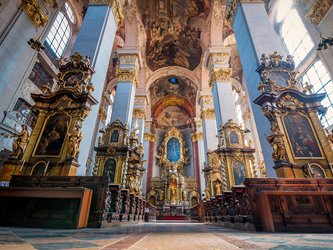
Public holidays
January 1: New Year
For the New Year, Czechs send each other greeting cards with the letters "PF", which come from the French "Pour féliciter" (to congratulate). This custom originates from the 19th century, when the secularisation of society began.
For the Czechs, New Year’s Day marks their destiny for the whole year ahead. This means that you have to pay back the money you have borrowed to start the new year without any debt, and so on.
On this day, the lunch dish consists of lentils: according to Czech tradition, lentils bring money. Finally, Czechs should not eat poultry, so that their happiness does not vanish, nor rabbit, so that it does not escape.
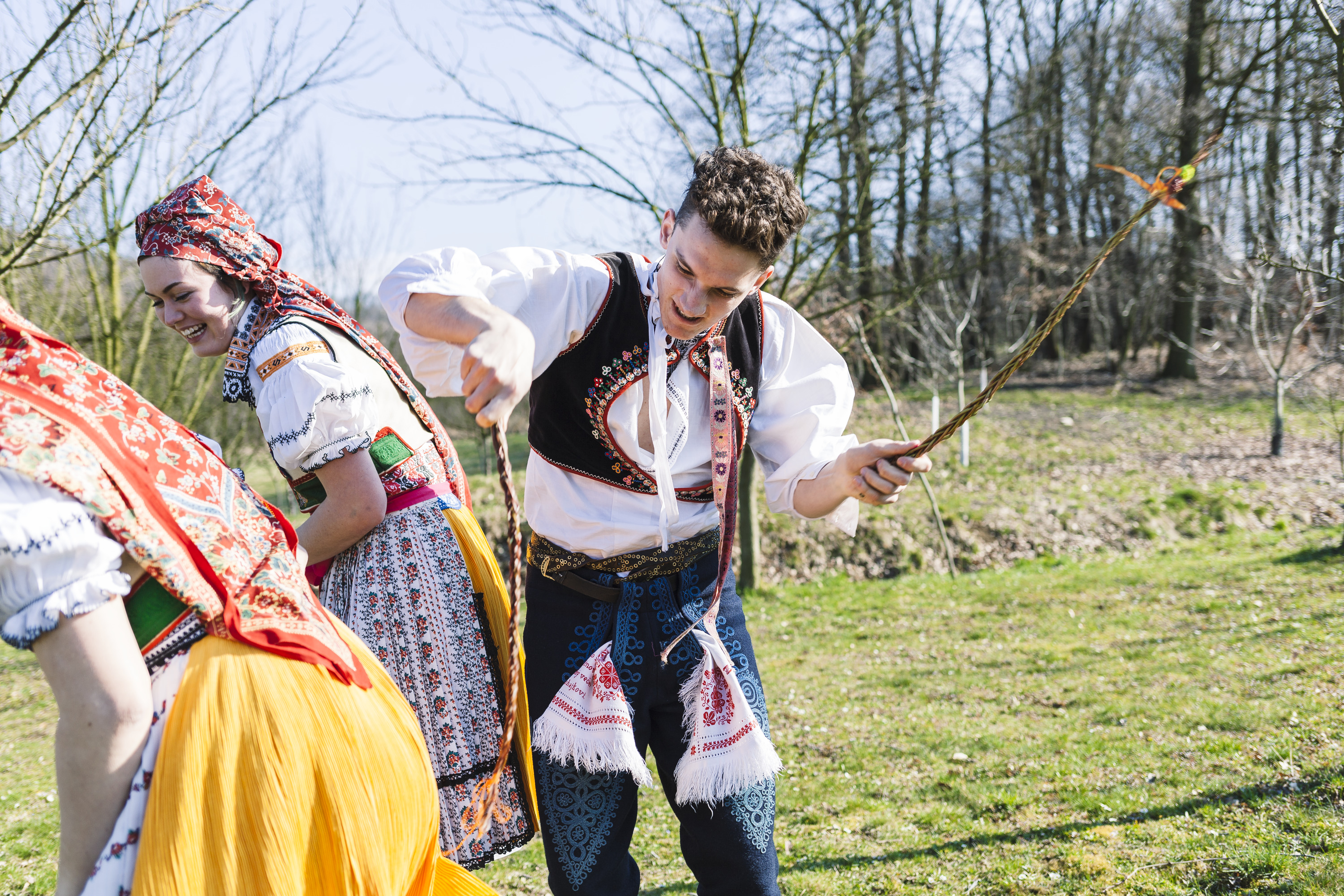
Easter
Easter has a movable date, as it is celebrated after the first full moon of spring. It can therefore take place between March and April. As for culinary traditions, it is the brioche in the shape of a lamb (symbolizing Jesus) that is prepared. It is sometimes decorated with meringue or with chocolate, to recall the wool of the animal.
-
Good Friday – since 2016, Good Friday is now a public holiday in the Czech Republic.
-
Easter Monday: the men go around the village with a braided stick in their hands, decorated with ribbons, to symbolically whip the girls around. It is said that in this way the girls will not dry up and will remain fertile and beautiful for the coming year. For this occasion, people in some parts of the Czech Republic dress in traditional costume.
To reward the men for keeping them fresh, the women give them hand-painted eggs in return, strong liquor or sometimes pour cold water on their faces.
May 1: Labour Day / Lovers’ Day
In the Czech Republic, May Day was one of the most important days during the communist era: large parades were organised, which all citizens had to attend.
In the Czech Republic, May Day is also the Day of Love. According to a pagan tradition, a girl should be kissed by her better half under a cherry blossom tree, so that she remains beautiful and attractive.
In Prague, the Petřín Hill is a favourite place for lovers to kiss. This is where they meet, near the statue of the Czech poet Karel Hynek Mácha, the representative of romanticism, one of whose poems is named after May. Here is a small excerpt from it:
"Late evening, on the first of May —
The twilit May — the time of love.
Meltingly called the turtle-dove,
Where rich and sweet pinewoods lay."
May 8: Liberation from Fascism Day (1945)
In Prague, the 8 May celebrations start at Vítkov National Memorial with a parade of the Czech army’s units of honour and the Prague Castle Guard. Then wreaths are laid at the foot of the Tomb of the Unknown Soldier, as a tribute to the victims of the war in which almost 380,000 Czechs lost their lives.
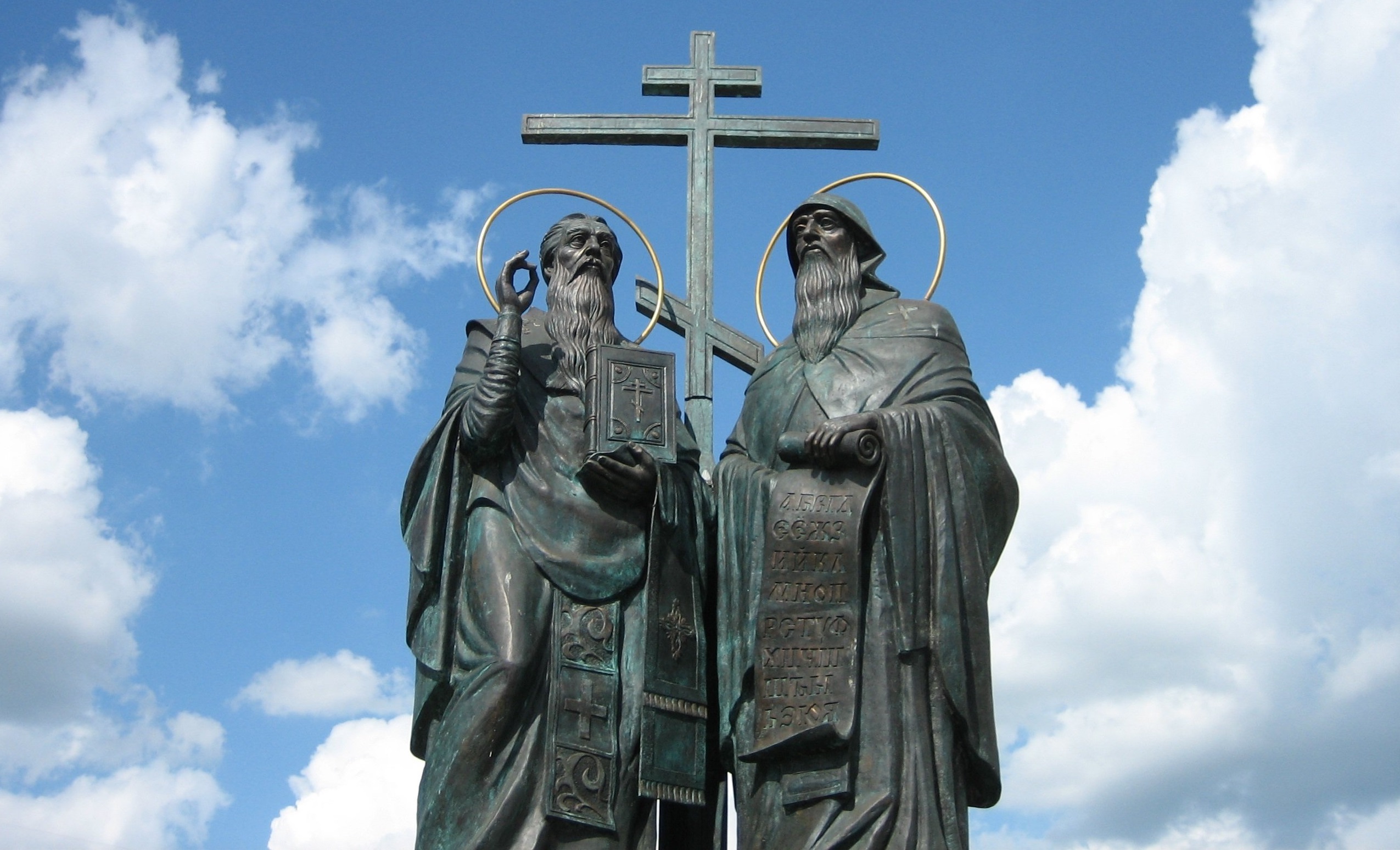
July 5: Day of the Slavic missionaries Cyril and Methodius
Cyril and Methodius were two Slavic missionaries from Thessaloniki who arrived in Great Moravia in 863, at the request of the Moravian ruler Rastislav, in order to explain the Christian faith to the local inhabitants in a language other than Latin, and which would be understandable to them. The inhabitants of Greater Moravia thus became the first in Europe to hear the liturgy in their own language. Behind this mission, Rastislav had a political goal: to save his country from the political and religious influence of the Frankish kingdom.
These brothers therefore invented a complex language, capable of responding both to the reality that people experienced in their daily lives and to liturgical needs. This language was based on the Slavic language used in the region of origin of these two brothers and differed only slightly from the Slavic language used in Greater Moravia.
Moreover, to express this new language in writing, Cyril invented a specific alphabet. This was the beginning of the Glagolitic script.
Cyril and Methodius were canonised at the end of the XIX century and became the patrons of Moravia.
In Prague, there is a church dedicated to these two missionaries. If you are interested in World War II, we highly recommend the guided tour which will also introduce you this monument, whose crypt served as a shelter for Czechoslovak parachutists after the assassination of Reinhard Heydrich.
July 6: Anniversary of the martyrdom of Jan Hus (1415)
Jan Hus is an important figure in Czech history. He was a Roman Catholic priest, reformer, preacher and probably one of the most important Czech medieval thinkers. He also simplified Czech spelling by replacing long strings of consonants with letters with accents.
He taught at Prague University and criticised the moral decay of the Church in his religious works. The Catholic Church condemned him as a heretic and burned him more than 700 years ago in Constance, the border town between Switzerland and Germany. Jan Hus always refused to renounce his beliefs.
The Jan Hus monument is located in the middle of the Old Town Square.
September 28: Anniversary of the death of Saint Wenceslas (929)
St Wenceslas is one of the most popular Czech saints. He is the protector of the nation, patron saint, martyr and a figure in Czech history who played a leading role in the emancipation of the Czech state and the Přemyslid dynasty within Christian Europe.
It was St. Wenceslas who had the rotunda built at Prague Castle, which later became the actual gothic St. Vitus Cathedral.
On September 28, events are held throughout the Czech Republic in his honour.
In New Town, at the square bearing his name (Wenceslas Square), you can admire the statue of Saint Wenceslas on horseback, a place where the people of Prague like to meet.
October 28: National Day – the day when independent Czechoslovakia was founded (1918)
October 28 was one of the most important days for the Czech nation. After 400 long years, the Czechs were finally freed from the domination of the Habsburg dynasty.
Tomáš Garrigue Masaryk was the first president of the first Czechoslovak Republic and was an exemplary president for the people. During his term of office, the country enjoyed a period of prosperity.
The statue of T. G. Masaryk is located in front of the Prague Castle, on Hradčanské Square, and there is also a railway station in New Town bearing his name (Masarykovo nádraží).
Today, the city of Prague organises many events for this occasion. This day is also an opportunity to visit many places usually closed to the public, including the Chamber of Deputies and the Senate in Prague.
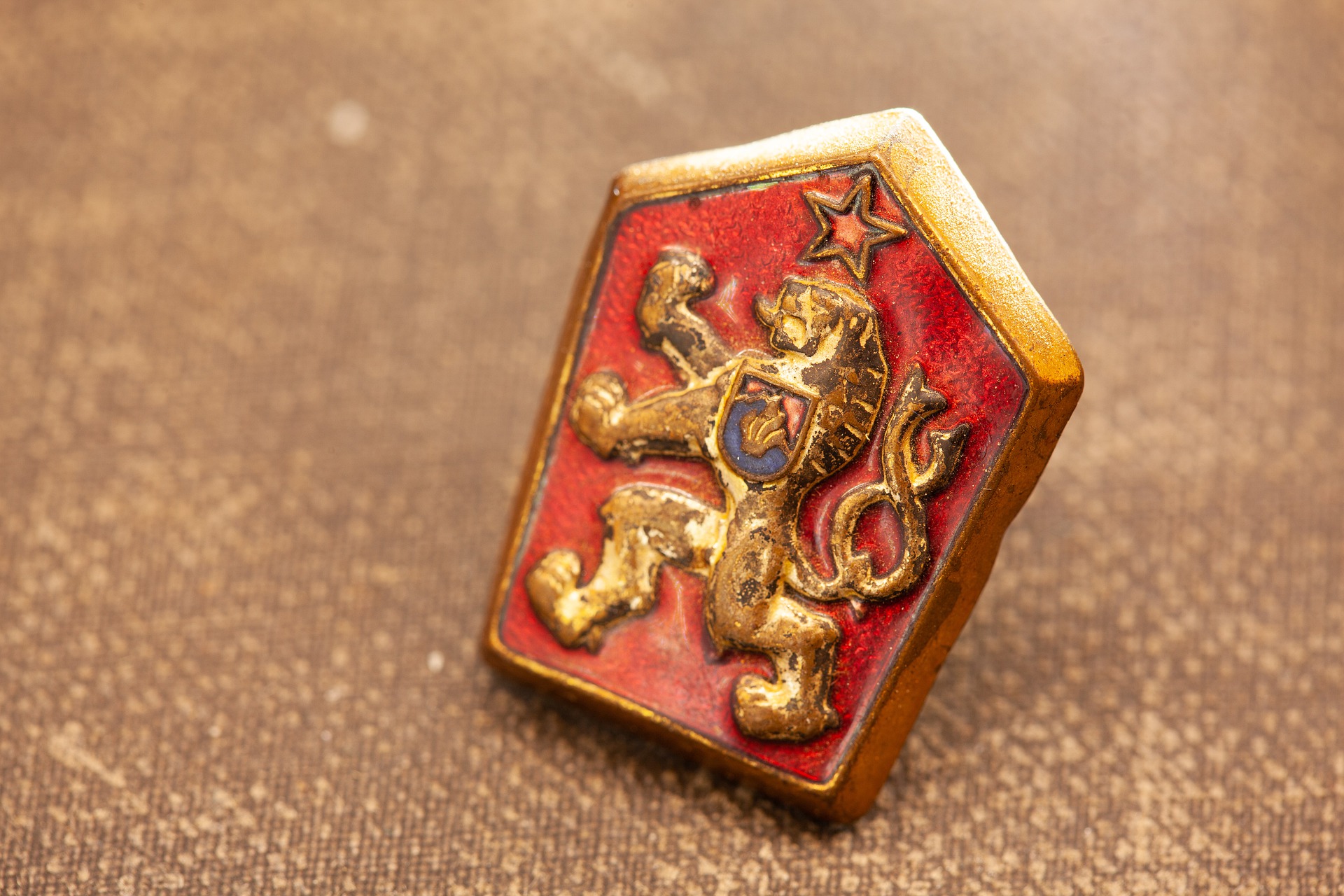
November 17: Day of the Struggle for Freedom and Democracy
This day commemorates two historical events of the Czech Republic:
-
A student demonstration to pay tribute to Jan Opletal, a Czech student who was fatally wounded during a protest against Nazism in 1939. After this event, Hitler reacted quickly: he closed Czech universities, executed some students, and deported others to concentration camps.
-
The beginning of the Velvet Revolution in 1989: a few days after the fall of the Berlin Wall, on November 17, 1989, Czech students gathered to commemorate the event mentioned above. This demonstration spontaneously turned into a demonstration against the communist regime, with tens of thousands of people joining in. This was the beginning of the Velvet Revolution. The brutal intervention of the police to put an end to the rally on 17 November triggered a wave of strikes and demonstrations nationwide. A few weeks later, the communist regime was abolished and Václav Havel was elected president of the republic on 29 December. And why "Velvet" revolution? This expression refers to the peaceful takeover of power.
Since that day, many events and concerts have been organised to commemorate this historic day.
Would you like to learn more about nazism and communism in former Czechoslovakia? Allow us to recommend you our guided tours: World War II in Prague Tour and Prague Communism and Nuclear Bunker Tour.
December 24: Christmas Eve
The Czechs call this day Štědrý den, the "generous day".
In the evening, the traditional meal of breaded carp and potato salad is served. Then a bell is rung to announce the arrival of the baby Jesus, Ježíšek, and gifts are given to children.
The Czechs also have the habit of fasting or eating little on this day. It is said that whoever manages not to eat until evening will see the "zlaté prasátko" (golden pig).
December 25 and 26: The 1st and 2nd day of Christmas celebrations
Czechs usually visit their families.
Main school vacation
Primary and secondary schools are closed in July and August.
Shopping during the public holidays
The opening hours of stores during the holidays are a bit tricky... In short, on certain public holidays, stores larger than 200 m² are closed by law, while smaller ones can remain open. The exception is always pharmacies, gas stations, etc., which are not subject to the ban.
You may also like
